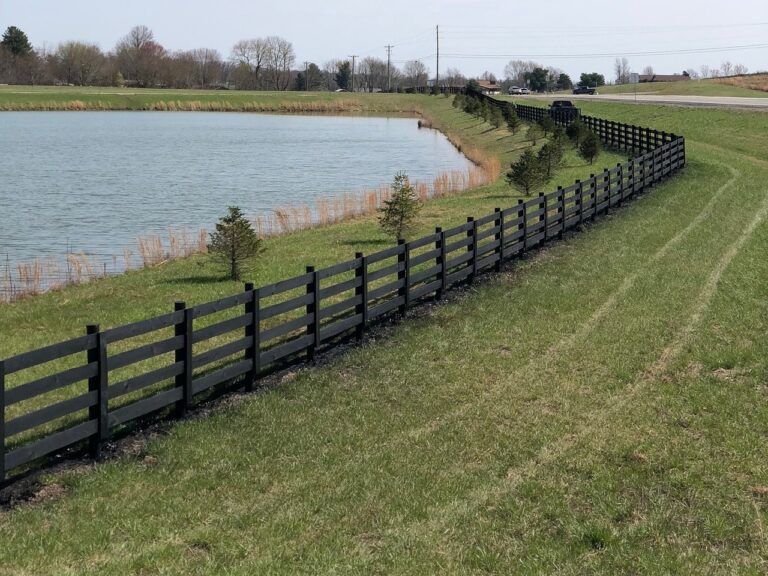Exploring Opportunities for Green Bonds in Infrastructure Development: Betbhai9, Playexch in login, Lotus365 in login password
betbhai9, playexch in login, lotus365 in login password: Exploring Opportunities for Green Bonds in Infrastructure Development
As the world shifts towards more sustainable and environmentally friendly practices, the need for green infrastructure has become increasingly important. Green bonds have emerged as a powerful tool for financing these projects, providing investors with the opportunity to support initiatives that have a positive impact on the environment. In this article, we will explore the opportunities for green bonds in infrastructure development and how they can help bridge the gap between sustainability and economic growth.
What are Green Bonds?
Green bonds are financial instruments that are specifically earmarked to fund projects that have a positive impact on the environment. These projects can include renewable energy initiatives, energy-efficient buildings, sustainable water management systems, and other environmentally friendly infrastructure developments. The proceeds from green bonds are used to finance these projects, with the aim of reducing greenhouse gas emissions and promoting sustainability.
The global green bond market has experienced exponential growth in recent years, with issuances surpassing $270 billion in 2020. This surge in popularity can be attributed to the increasing demand for sustainable investment opportunities, as well as the growing recognition of the importance of addressing climate change.
Opportunities for Green Bonds in Infrastructure Development
Infrastructure development plays a crucial role in driving economic growth and improving quality of life for communities around the world. However, traditional infrastructure projects often have a negative impact on the environment, contributing to pollution, deforestation, and other environmental issues. Green bonds offer a sustainable solution to this dilemma, allowing investors to finance infrastructure projects that prioritize environmental stewardship.
There are numerous opportunities for green bonds in infrastructure development, including:
1. Renewable Energy Projects: Green bonds can be used to finance the construction of solar, wind, hydroelectric, and other renewable energy facilities. These projects help reduce reliance on fossil fuels and promote clean energy generation.
2. Energy-Efficient Buildings: Green bonds can support the construction or retrofitting of buildings to improve energy efficiency, such as installing solar panels, energy-efficient appliances, and smart building systems.
3. Sustainable Transportation: Green bonds can fund projects that promote sustainable transportation options, such as public transit systems, bike lanes, and electric vehicle charging stations.
4. Waste Management: Green bonds can support initiatives to reduce, reuse, and recycle waste, as well as invest in technologies for sustainable waste management.
5. Water Conservation: Green bonds can finance projects to improve water efficiency, such as upgrading water treatment plants, implementing rainwater harvesting systems, and restoring watersheds.
6. Green Infrastructure: Green bonds can fund projects that incorporate nature-based solutions to infrastructure development, such as green roofs, permeable pavement, and urban forests.
Incorporating green bonds into infrastructure development can help mitigate climate change, reduce environmental degradation, and promote sustainable growth. By aligning financial incentives with environmental goals, green bonds offer a unique opportunity to drive positive change in the infrastructure sector.
Challenges and Considerations
While green bonds offer many benefits for infrastructure development, there are also challenges and considerations to be aware of. These include:
1. Certification and Verification: Ensuring that projects financed by green bonds meet established sustainability criteria can be challenging. Investors need assurance that their funds are being used in accordance with environmental standards.
2. Cost and Risks: Green infrastructure projects often require higher upfront costs and may carry greater risks compared to traditional projects. Investors need to conduct thorough due diligence to assess the financial viability of green bond issuances.
3. Market Demand: The success of green bonds in infrastructure development depends on the demand from investors. Issuers need to identify opportunities that appeal to environmentally conscious investors while delivering financial returns.
4. Regulatory Environment: The regulatory landscape for green bonds is constantly evolving, with new guidelines and standards being developed to enhance transparency and accountability in the market.
By addressing these challenges and considerations, stakeholders in the infrastructure sector can unlock the full potential of green bonds as a financing mechanism for sustainable development.
FAQs
Q: How are green bonds different from traditional bonds?
A: Green bonds are specifically issued to finance environmentally friendly projects, while traditional bonds are used to raise capital for general purposes. Green bonds are subject to strict eligibility criteria and reporting requirements to ensure transparency and accountability in their use.
Q: Who can invest in green bonds?
A: Green bonds are open to a wide range of investors, including institutional investors, asset managers, pension funds, and individual investors. Many investors are attracted to green bonds due to their environmental impact and potential for financial returns.
Q: What are the benefits of investing in green bonds?
A: Investing in green bonds allows investors to support sustainable projects that have a positive impact on the environment. Green bonds can also diversify investment portfolios, reduce carbon footprints, and contribute to the transition towards a low-carbon economy.
Q: How can infrastructure developers issue green bonds?
A: Infrastructure developers can issue green bonds by identifying eligible projects, obtaining certification from a recognized green bond issuer, and following established guidelines for reporting on the environmental impact of funded projects.
Q: Are green bonds a stable investment option?
A: Green bonds are generally considered a stable investment option, as they are backed by tangible assets that have intrinsic value. However, like any investment, green bonds carry risks that investors should carefully evaluate before making investment decisions.
In conclusion, green bonds offer a promising avenue for financing sustainable infrastructure development that aligns with environmental goals and economic growth. By leveraging the opportunities presented by green bonds, stakeholders in the infrastructure sector can contribute to building a more resilient and sustainable future for generations to come.






